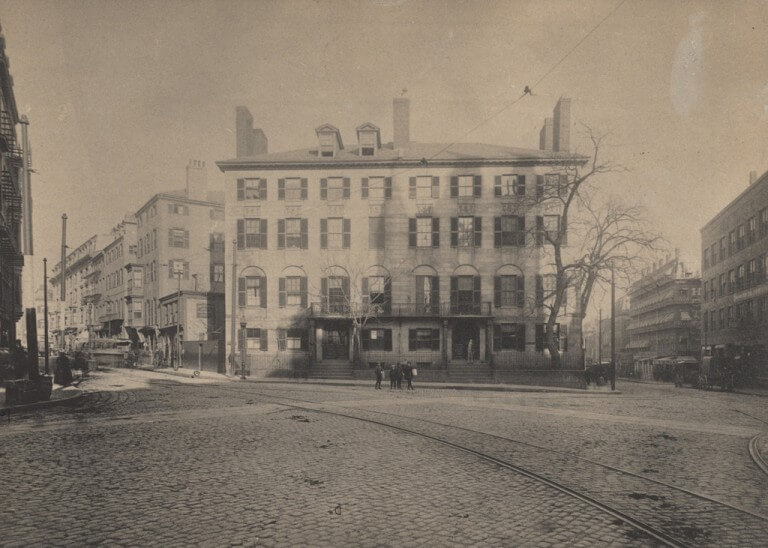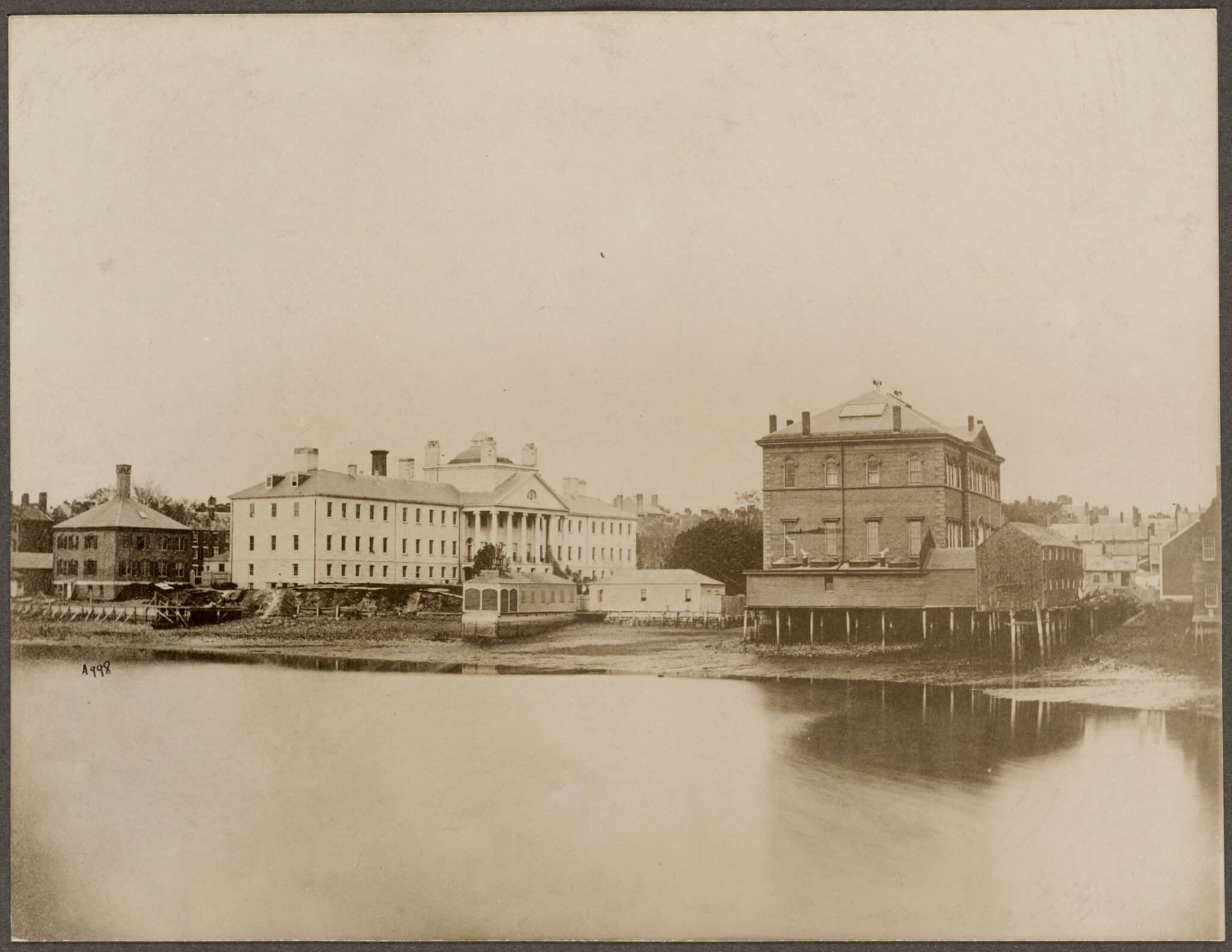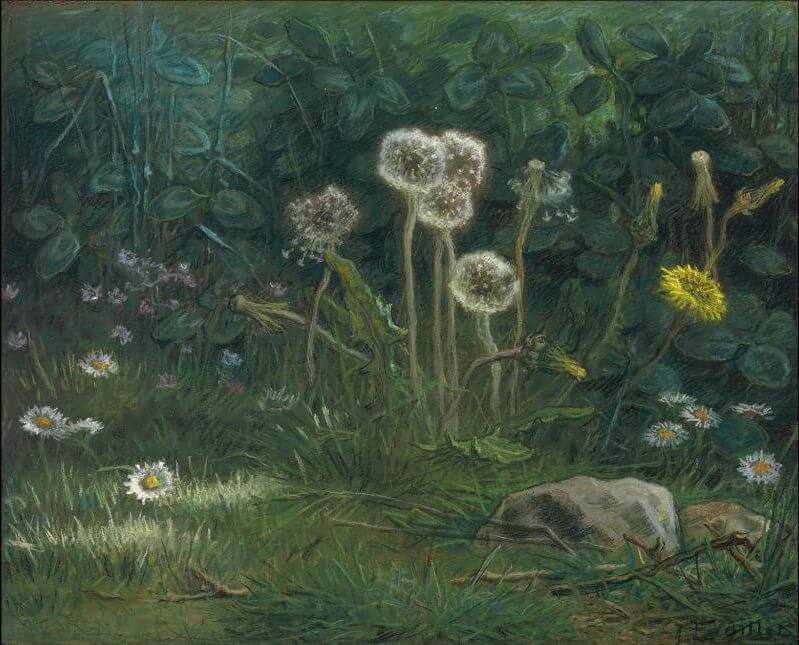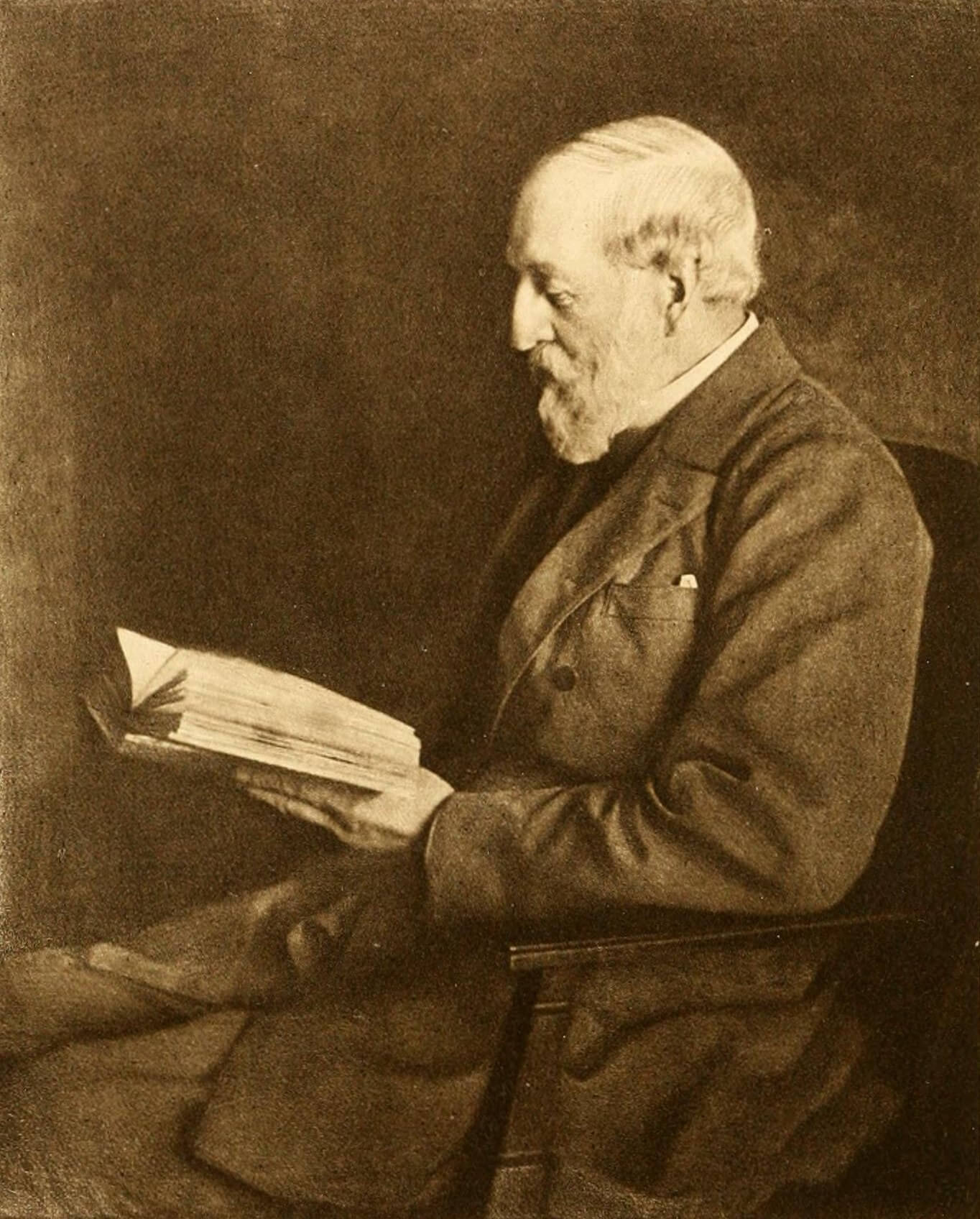Quincy Adams Shaw
Quincy Adams Shaw was a Brahmin who was born in West Boston. After youthful travels, he became a major donor of artwork to the MFA, a successful businessperson, and a notable philanthropist.
Quincy Adams Shaw was born in Boston on February 8, 1825 to Robert Gould Shaw and Elizabeth Willard Parkman. He was born in the Parkman Estate in old Bowdoin Square; the same wealthy residential neighborhood where the Otis House still stands today.
Shaw’s mother, Elizabeth, was the granddaughter of Samuel Parkman, who had constructed the Bowdoin Square estate in 1789, and the daughter of George Parkman, a notable Boston physician who was infamously murdered by dismemberment in 1849 in the Harvard Medical School on Grove Street, adjacent to Massachusetts General Hospital.
Shaw’s father Robert was a Brahmin, well ingratiated with the New England elite, and one of the richest men in Boston by way of his lucrative maritime trade and real estate investments that blossomed as the city recovered from the American Revolution. He would name his son Quincy Adams after his good friend John Quincy Adams, who was elected as the 6th President of the United States a month after Shaw’s birth in 1825.
Shaw followed the tradition of many of his prominent family members – and most of the Brahmin class – by attending Harvard University. After graduating in 1845, Shaw embarked on a two-month journey with his cousin and famed American historian Francis Parkman Jr. Their trip was immortalized in in Parkman’s popular memoir The Oregon Trail which was dedicated to Shaw. The two New Englanders spent the summer traveling 900 miles westward to Fort Laramie in Wyoming alongside a former British Navy captain and a French Canadian pelt hunter.
Soon after returning from his journey, Shaw embarked on a trip to Africa and Europe. After visiting Egypt, Shaw visited his sister Anna in Paris and ended up staying for 7 years. While in Paris he developed a taste for fine art, amassing a lavish collection that ranged from Japanese paintings to Italian sculptures to the work of Jean Francois Millet, which was eventually donated to the Museum of Fine Arts in Boston.
During the Civil War, the Shaw’s gained notoriety through Shaw’s nephew, Robert Gould Shaw, who famously led an all-black regiment for the Union army. Shaw further extended his familial network of prominent Bostonians when he married Pauline Agassiz, daughter of renowned Harvard scientist Louis Agassiz.
Ties to the science and education-focused Agassiz family would prove crucial in Shaw’s future endeavors. In the early 1860’s Shaw became a major investor in – and eventual first president of – the Calumet and Hecla Mining Company located in Northern Michigan. His tenure was short lived, as supply shortages in the remote location and initial financial troubles caused his cousin Alexander Agassiz to take the helm. With engineering acumen Agassiz improved the operations, soon running the richest metal mine on earth from the headquarters on Ashburton Place next to the Shaw Estate offices. When the company began paying dividends in 1868, Shaw’s troubles as president were soon forgotten. The company paid out an estimated $70-$150 million to its stockholders before the turn of the century, cementing Shaw’s legacy in continuing the family fortune.
Quincy and Pauline Shaw had 5 children together and became involved in philanthropic activity. In 1874, Shaw donated $100,000 to the Museum of Comparative Zoology, that had been founded by his father-in-law Louis 15 years prior. Pauline notably established a number of kindergartens and day nurseries around Greater Boston.
Quincy Adams Shaw passed away in 1908 at his Jamaica Plains estate, famously described in his Boston Globe obituary as “the heaviest individual taxpayer in Massachusetts”. His eventful youth coupled with his charitable elder years encapsulated the Boston Brahmin ideal, and his flight from the West End to newer and wealthier locations in Boston reflected the changing demographics in Boston’s neighborhoods in the late 19th and early 20th centuries.
Article by Meyer Aviles, edited by Sebastian Belfanti
Source: “Quincy Adams Shaw Collection: Italian Renaissance sculpturee : paintings and pastels by Jean François Millet” MFA, Boston. 1918; Parkman House Oil Painting, “The Parkman House” Pilip Harry, 1847. R. Stanton Avery Special Collections; “Robert Gould Shaw”, American Battlefield Trust; “MURDER AT HARVARD: The Parkman Family”, PBS; “Robert Gould Shaw” The Boston Athenaeum; “Art: Dark Gift Horse” Time Magazine; The Frick; American Heritage; JPHS












